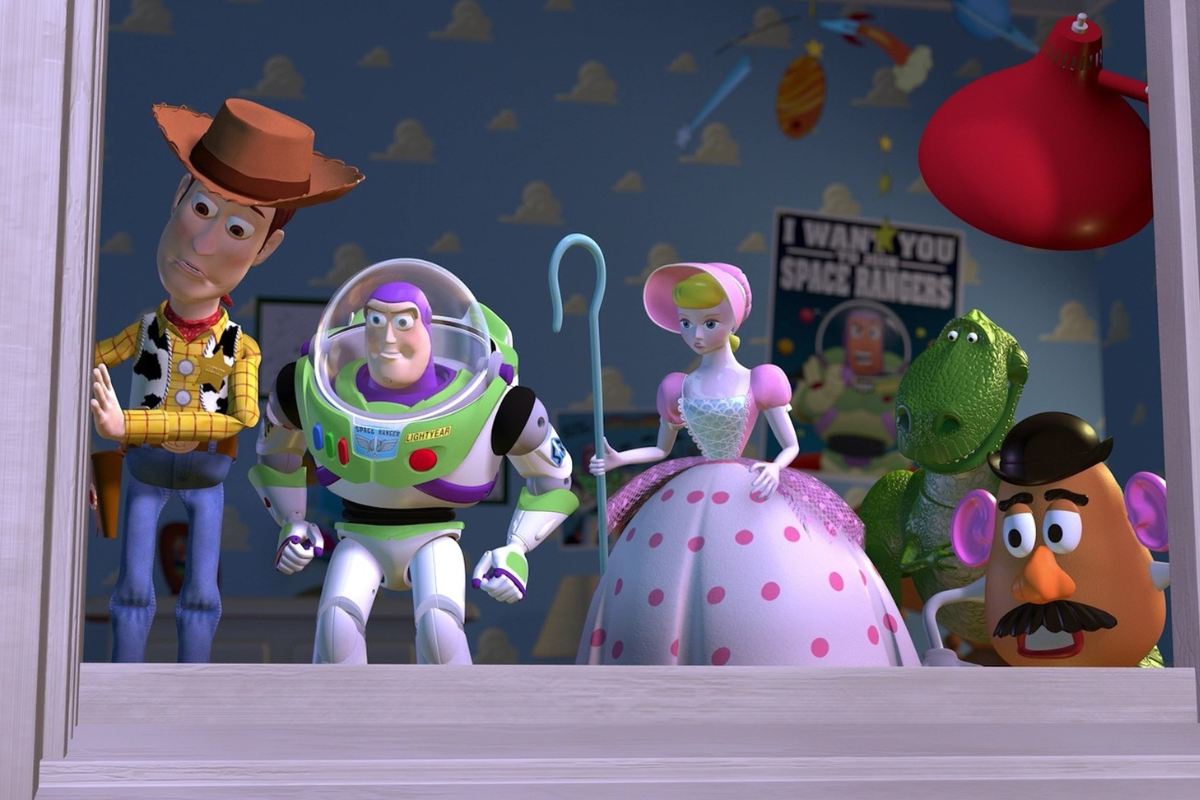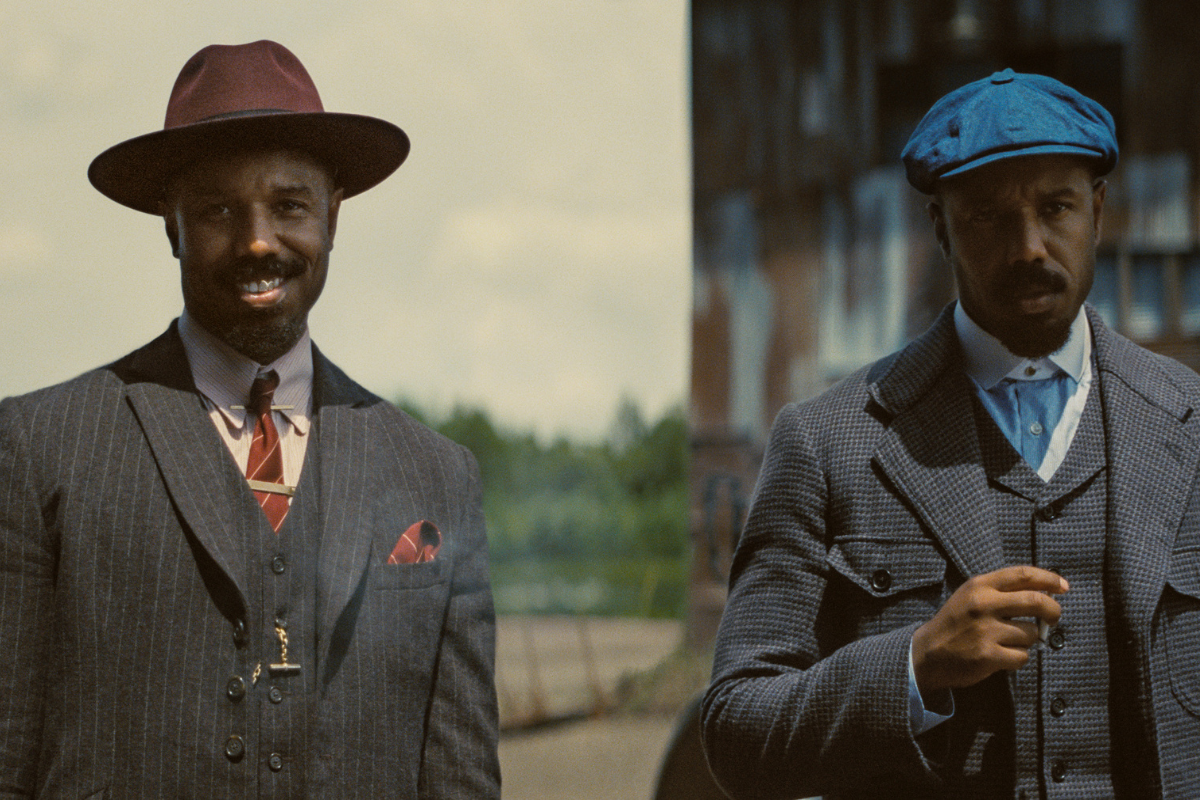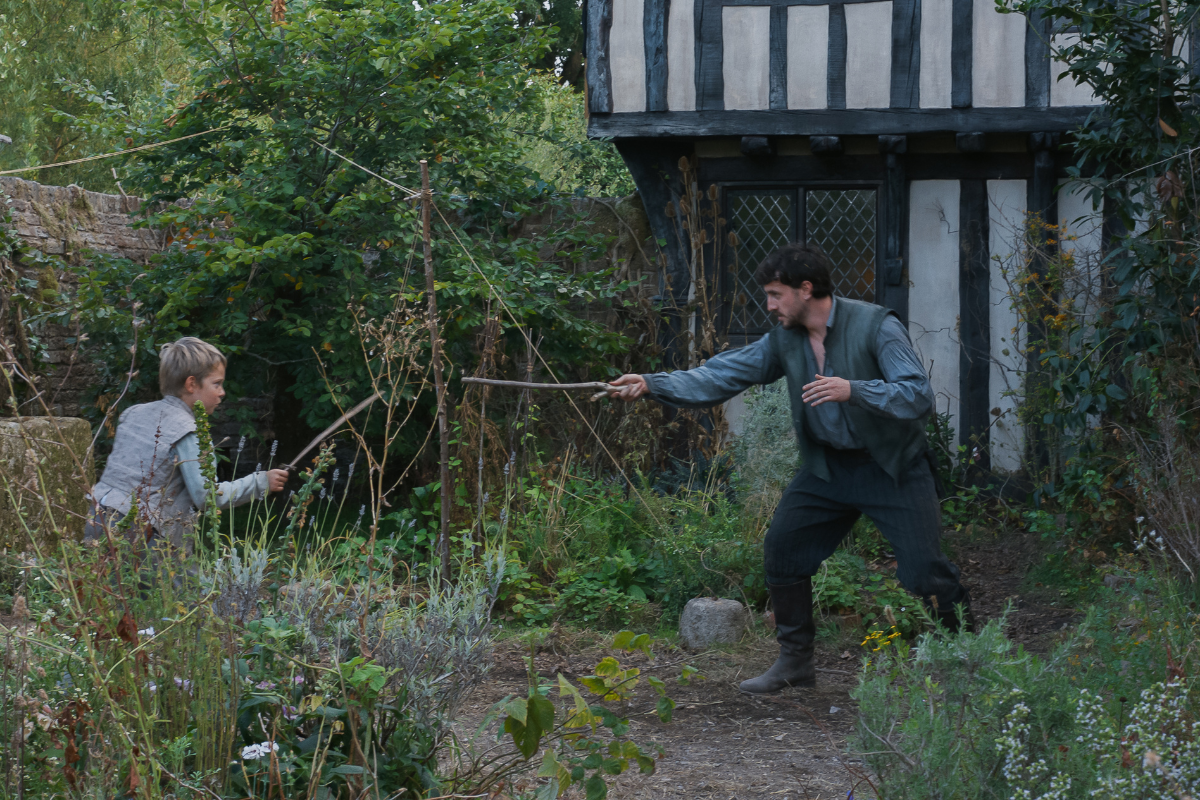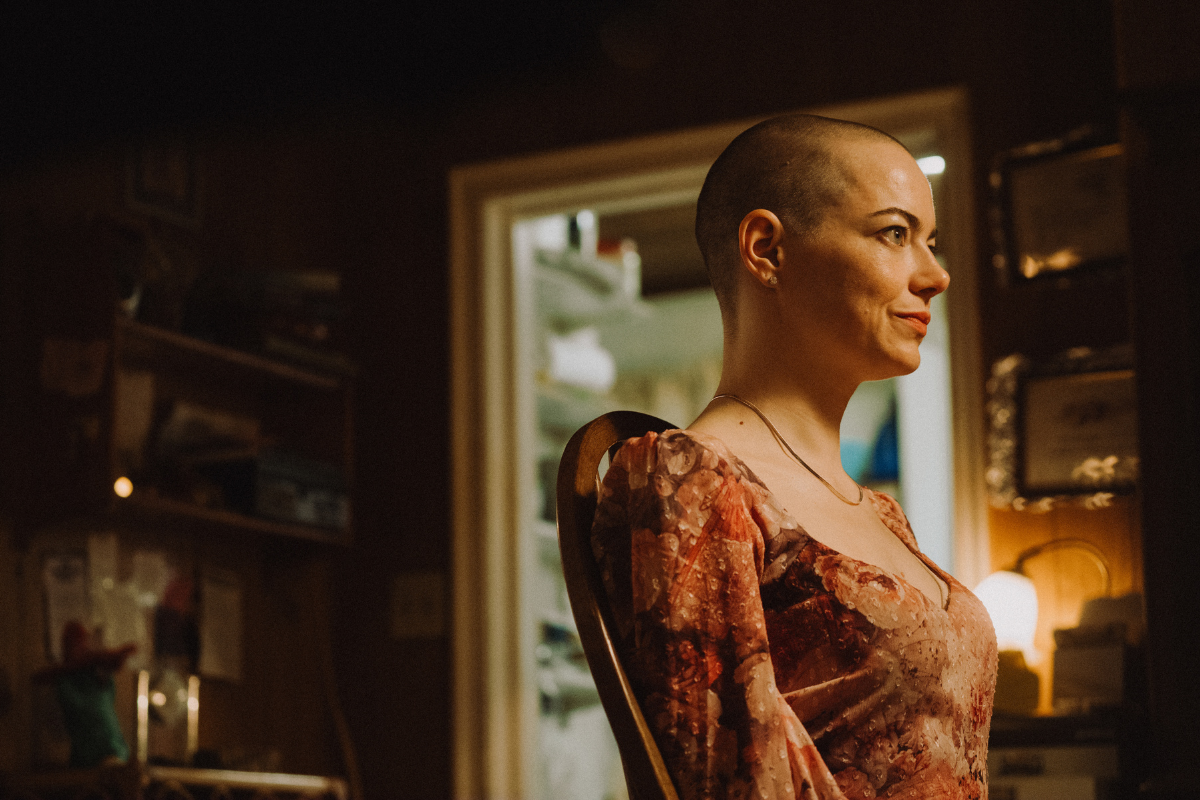Storytelling Strategies: ‘Frozen’ Expectations
What do your characters think is going to happen? The most fundamental goal of a storyteller is to create a sense of anticipation in the audience. A related — and…
What do your
characters
think is going to happen?
The most fundamental goal of a storyteller is to create a sense of anticipation in the audience. A related -- and vital -- task is to create anticipation in the characters.
As John Lennon said, “Life is just what happens to you while you’re busy making other plans.” The characters in your script don’t know what the script is about. They occupy a world in which their future is rife with possibility and uncertainty. They have their own agendas and expectations. They live in their own story, which is likely quite different from the story you have in mind for them.
Taking the time to get into the shoes of your characters and imagine the world as they see it is key to writing a rich, satisfying and persuasive script.
Such a strategy would have helped Disney’s Frozen, (written by Jennifer Lee, with story credit to Lee, Chris Buck, and Shane Morris). This is a visually dazzling and enjoyable film that has been very successful with the public. Yet in its current form, it has so many missing pieces it’s doubtful it could have been successful as a spec. It suffers from a combination of a large amount of story, and a curious lack of detail about the characters and their world.
Story-Cramming
The film begins with a lot of story: Kristoff and his reindeer Sven as youngsters, Elsa, the princess, and Anna, her sister, who are playmates; their kind parents, their castle, their small kingdom, the oddly magic, icy power that Elsa has, the lovable rock trolls, the leader of which knows about this power, the untimely death of the parents at sea, the retreat of Elsa from the world, and finally the occasion of the coronation -- all within the first ten or fifteen minutes.
Yet for all this setup information, the central problem of the story -- Elsa’s power is discovered and unleashed and begins to put her kingdom into a deep freeze -- is oddly undeveloped. Why does she have this power? What are its scope and limitations? How does one undo the power?
These questions are left unanswered not only for the audience but for the characters themselves. The result is that many of the principle characters’ actions are mystifying.
For example, it is instantly understood that Elsa’s power -- however she got it -- must be concealed from the public. This fact is central to all the action of the story. But why this is so is never explained or explored. In fact, in the end, when it is revealed to all that she has this power, there is no negative consequence for her. So why did she have to endure the childhood of sad isolation? Why did she have to conceal her power during the coronation? Why did she decide to flee from her kingdom into the wilds when the power was exposed?
It is suggested she had to be isolated because she was afraid her power would hurt others -- but why didn’t she explain this fact rather than leave them mystified and/or emotionally wounded?
The Story Pushes the Characters
The answer -- as best can be ascertained -- is a most unfortunate one, from a screenwriting viewpoint: because the story required her to behave this way. That is, Elsa does not act as a fully living character, but rather as a prop for story needs. She behaves in ways that, from her own point of view, make little sense.
What were her coping mechanisms for a life of isolation? How long did she think it would last? How was she hoping to find happiness? Was she really planning to keep it all a secret all her life? How would she marry? All these questions are unanswered. Once she flees into the wilds, how long does she think she’ll stay there? How does she expect to survive? Eat? Sleep? The film is likewise silent on these questions. She simply goes and does it.
Things are worse for her sister, Anna, who seems to be the main character. Her actions regarding her lover, Hans, are clearly motivated -- she’s been a caged bird most of her life and is now thrilled to be free and be able to fall in love.
But her central action -- going on an expedition alone to find her sister and defeat the deep freeze spell -- is likewise veiled in mystery. What are her expectations? Has she ever ventured forth into the woods? How will she find her way? How will she keep from freezing? Why does she go alone? As a princess she is second to the throne -- why not bring guards? Supplies? How long does she think it will take? Even more important, why does she think her sister cast the spell, and what does she think she can accomplish by confronting her sister?
These latter questions come back to haunt the storytellers when Anna finally does confront her sister, only to discover that her sister has no idea how to reverse the spell. I.e., Anna’s whole expedition served no purpose.
Instead, the key to breaking the spell turns out to be Kristoff’s coincidental knowledge of the cute rock trolls, the leader of whom -- Elsa’s parents apparently never told her -- knows how to solve the problem.
In order to shore up the storytelling, the surprise plot twist of Hans’s betrayal is brought forth, yielding a resolution that seems to suggest a theme, though it, like the characters, is undeveloped. Anna winds up saving the day through an act of unselfish love. That’s fine enough, but it’s not clear that Anna is not capable of acts of unselfish love before this. The idea seems tacked on near the end of the film, which is understandable given that the storytellers -- despite the complicated nature of the story they told -- failed to set up a path toward a resolution.
What is a writer to do?
The script for Frozen was a product of the studio development process, with all its vagaries and the contradictory notes a writer must field. Many of the character and story problems described above may simply be the product of compromise necessary to keep the project on track. However, as I’ve noted elsewhere, an aspiring writer doesn’t have the luxury of relying on visual effects and performances that the creators of a studio-developed picture can, so it’s instructive to consider the story itself and how it could be improved.
If the storytellers had taken the time to get into the shoes of the character and work on their expectations, the result would not only have been better characters -- it would have yielded a better story.
My first question is: Why make Anna the main character if Elsa is the one with the power? It’s an odd split that prevents the full realization of a character arc.
When examining the film as it is, the impression is that Elsa feels the need to sacrifice her playtime of youth because she has this burden of this power. Inherent in this tension is the problem of coming of age. Now ask the questions: how does she feel about this burden? Does she bridle against it? Does she want to be free to enjoy life but cannot because the power might kill someone she loves?
Posing those questions instantly yields a possibility: maybe Elsa exiles herself precisely to be free of the burdens of responsibility she has -- in the wilds, she is free to play and create her fantasy world and her playmates without endangering anyone. And perhaps she only plans to escape into the wilds for a day or a few hours -- those are her expectations -- but the beauty and joy of the mountains, and the world she creates -- seduces her and she remains, thus creating a crisis in the kingdom. The theme of coming of age is thus firmly in place: a young person rejecting responsibility and thereby creating danger for others.
And why introduce Hans and the Duke of Weselton as conspirators, when another character is readily at hand: Anna, the heir to the throne after her sister? The lines of motivation are now absolutely clear: in her sister’s absence, she conspires to seize the throne.
When the deep freeze erupts, Anna can lead an expedition to find her sister and kill her in order to end the freeze and assume power. The act of selfless love is now clearly set up: when she has an opportunity to kill her sister, she finds her love for her stronger, and sacrifices herself instead, undoing the spell. Elsa, seeing the pain her frivolity has caused, now returns to take her place as queen. The theme of coming of age and taking responsibility and selfless love are now built into the fabric of the story and the behavior of the characters, rather than introduced by a rock troll two thirds of the way into the picture.
And along the way, we still get Kristoff and his lovable reindeer, and Olaf the lovable snowman, and even Hans -- now recast as a true lover of Anna and a voice of conscience for her -- urging her against the selfish course she has chosen -- thus further reinforcing the theme.
The result would be a script much more likely to make it past a reader. And then add the dazzling animation and you get a movie for the ages.
Related Articles:
- More Storytelling Strategies by Paul Gulino
- Is Your Screenplay Written for a Star?
- Specs & The City: Female Characters and Pretty Much Every Movie Ever
Tools to Help:
- Attract A-List Talent: Writing For The Top Actors in the Industry!
- Creating Unforgettable Characters
- Creating Dynamic Characters On Demand Webinar
- Breathing Life Into Your Characters
Learn How to Create Dynamic Characters Actors Want to Play With This FREE Webinar!
Paul Joseph Gulino is an award winning screenwriter and playwright, whose credits include two produced screenplays in addition to numerous commissioned works and script consultations, and his plays have been produced in New York and Los Angeles. He taught screenwriting at the University of Southern California for five years, and since 1998 has taught at Chapman University in Orange, California where he is an associate professor. He has lectured and given workshops in the U.S. and Europe and recently guest-lectured at Disney Animation in Burbank. His books include Screenwriting: The Sequence Approach and The Science of Screenwriting: the Neuroscience Behind Storytelling Strategies, co-written with psychology professor Connie Shears. His web site is www.writesequence.com.







